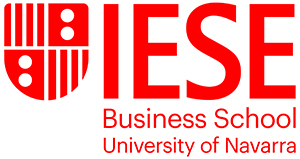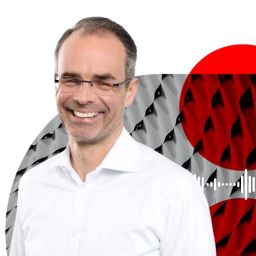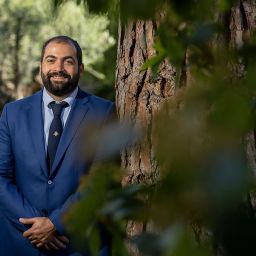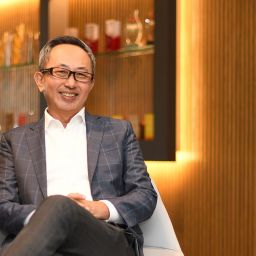Hiroshi Tomita (IESE MBA ’95) is a Consulting Partner of Corporate Sustainability & Climate Change at Environmental Resources Management (ERM).
We’re at an inflection point to achieve Net Zero emissions goals by 2050. How are we doing? Are there reasons to be optimistic or pessimistic? Both, says Hiroshi Tomita. On the one hand, “we’re seeing attacks, criticisms and negative movements against climate action,” he says. On the other hand, “I look back to when I started working on climate change issues and energy market reforms in the ’90s, and nobody ever thought those would become private sector led like they are now. And that makes me feel optimistic.”
As a bicultural executive, Tomita is used to holding two realities together at the same time. He grew up in Brazil, where his father’s job for a Japanese shipping company took them to live. “Actually the first language I started to speak was Portuguese, and I really only started to speak Japanese after we moved back to Japan. So a deep part of my character is this mixture of Brazil and Japan.”
This embedded in him a keen interest in Latin America. So, after Tomita graduated with a degree in international law from Waseda University in Tokyo in 1990, Latin America became the natural focus of the risk reports he wrote for his first employer, the Nomura Research Institute (NRI). At the time, Latin America was undergoing an economic transition, with Brazil (along with Russia, India and China) soon to form the BRIC grouping of up-and-coming markets.
It was in the midst of these transition years that Tomita decided to pursue an MBA at IESE. “Most people were going to the U.S. to study but, because of my Latin American focus, I was determined to go to Portugal or Spain.” He had to convince his employer though, as there was little precedent for a Japanese student going to a non-English-speaking country to do an MBA. Luckily, NRI supported his application and he was accepted at IESE. He was one of only five Japanese students, among very few students from Asia, although he recalls a diverse student body from Latin America and other countries in Europe, besides Spain, which enriched his learning experience and prepared him for the multicultural, globalized business world he was about to enter. “Here you can exchange ideas with people from many backgrounds while developing invaluable assets for the future,” he wrote in the school magazine.
An idea whose time had come
This exposure to diverse ideas, combined with “the diversity I have within myself,” served him well when he began working in Washington, D.C., for the Inter-American Development Bank, which provides financing for sustainable infrastructure development in Latin America. After that, he spent a decade working on climate financing, including carbon credits, for the Japan Bank for International Cooperation, Fortis Bank and BNP Paribas, again focusing on the two regions he knows best: Asia-Pacific and Latin America. Then, he spent another decade working for PwC Advisory, formulating market strategies for Japanese firms looking to invest in energy and infrastructure projects overseas.
“At first it was my Latin American experience that opened doors,” he says. But once the 1997 Kyoto Protocol (the world’s first emissions reduction treaty) came into effect in 2005, Japanese financial institutions shifted their focus to emission reduction projects and sustainability. And Brazil — being a BRIC economy, as well as the site of the 1992 Earth Summit in Rio de Janeiro (where the U.N. Framework Convention on Climate Change was first adopted) — became the natural place to invest. “And then the market really started to move.”
“It seemed like everything I had been doing related to energy technology or energy transformation had prepared me for this moment, and I jumped into it.”
It’s when Tomita looks at the sweep of history that he feels hopeful. “Seeing the private sector shifting to renewable energy and biofuels is when I’m most optimistic, together with the increasing adoption of environmental, social and governance (ESG) criteria, which the business world wasn’t seriously trying to evaluate 10 years ago. I feel confident about what we can achieve in the long run.”
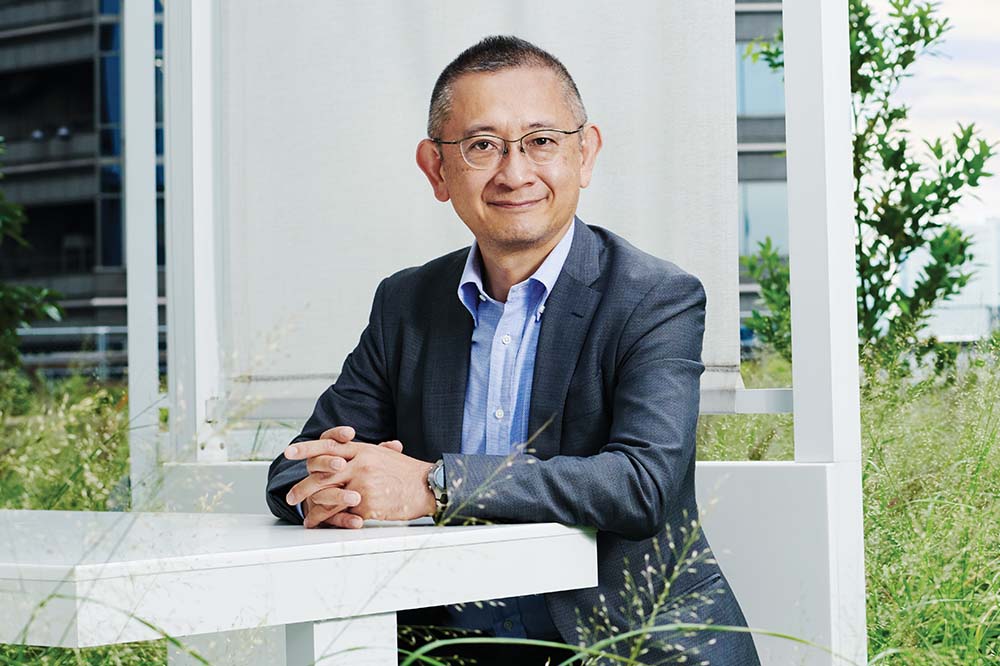
Looking back to look forward
Regarding progress on ESG, a recent study by IESE professors Gaizka Ormazabal and Igor Kadach found that 38% of companies globally (60% in the EU) now tie executive pay to ESG goals. This is partly the result of growing alignment on the issue among institutional investors. In companies with ESG-linked compensation, there is evidence carbon emissions are going down (although there do not appear to be short-term financial gains from them doing so).
On this point, Tomita feels ESG is not a straightforward cost-benefit analysis but rather, in Japan at least, an imperative for energy security and to diversify over the long term, so as not to be reliant on one energy source. “Japan started moving in this direction 30 years ago,” he says. “Transforming energy is not something that happens from one day to the next.”
What would he say to a skeptical oil or gas company dragging its feet? “I would say your business needs to be diversified. Maybe not a 100% transformation overnight but you need to start doing something. You need to make an economic calculation for the future. And in making that calculation, you have to remember that renewable energy wasn’t profitable 15 years ago but look at what has happened and where we are today. These were not easy decisions 30 years ago, but we are now sitting in a place where, thanks to those hard decisions, we are seeing transformation.”
Tomita believes these are messages people are more receptive to now, post-pandemic and since the Russian invasion of Ukraine. People appreciate the benefits of diversification as they have experienced firsthand what happens when we put all our eggs in one basket: the risks are all too real.
What gets measured gets managed
Tomita credits diversification as one of the reasons Japan managed to get through the 2011 earthquake and tsunami that took out the Fukushima power plant. Another recent study by IESE professor Pietro Bonetti et al. found that, although the cost of capital went up for all Japanese firms after that environmental disaster, it went up less for firms that had made voluntary disclosures of their carbon emissions in prior years. Moreover, firms that subsequently changed their disclosure practices, doing more sustainability reporting, saw reductions in their cost of capital over time. This shows the importance of environmental reporting, especially in the event of an energy shock, for providing valuable information for investors.
“In Japan, there used to be a notion, especially if you were in a heavily polluting industry, that disclosing too much might have negative business effects. But as I tell my clients, it’s not reporting that has the negative effects. Even with a coal-fired plant, when they started disclosing what they were doing, that had a positive effect. I remember I once took a Brazilian delegation on a tour of a Japanese coal-fired plant and they were surprised there was no dust — it was as clean as a hospital. The people living just beside the coal-fired plant were hanging their laundry outside in the garden as there was no dust, not even in the surrounding area. Of course, the fact they have the coal-fired plant is still something they need to change. However, until you start measuring it and reporting on it with reliable metrics, then improvements or progress won’t be made.”
Best practices in disclosure and corporate decarbonization and climate change are part of what Tomita’s new employer, ERM, provides to business clients as a consultancy focused exclusively on sustainability. “Sustainability is our business in ERM. In this stage of my career, I really want to support companies in the greening of power and the introduction of renewables and new energies such as hydrogen and biofuels.”
Oil and gas companies, in particular, need a roadmap to transform themselves. “They need to understand the risks and the global frameworks that exist, such as carbon credits and carbon markets, to achieve Net Zero goals, which not everyone fully understands.”
One group who does seem to grasp that sustainability is the way ahead for business is the new generation of future business leaders coming through. “Young people have a big interest in sustainability and the idea of business as a force for good,” Tomita finds.
And there’s no standard profile, as Tomita’s own career path attests. With the rise of sustainability financing and big capital pouring into climate projects, a background in banking can be helpful, as could “someone who has been working in a coal-fired plant for 10 years — we need people who understand energy. People with a background in engineering. Or trade.”
In other words, we need diverse profiles able to tackle the climate challenge from multiple angles and “contribute to the development of this exciting new market we are experiencing.” And that’s a reason for optimism.
